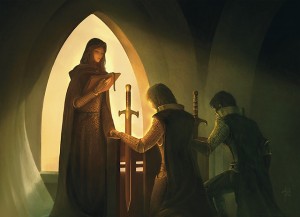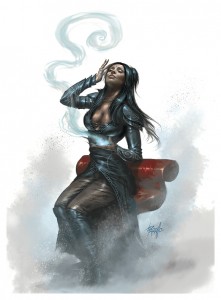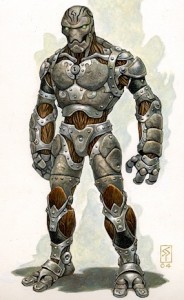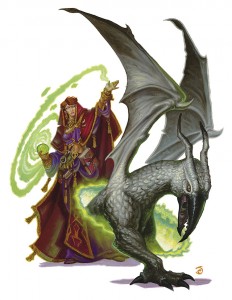 I’ve always had a fondness for divine characters. The idea that these classes actually receive divine power directly from their deity everyday in the form of prayer spells has always blown my mind. Unlike the Wizard who need to study and learn their spells, the power of a divine character is based largely in the strength of his faith.
I’ve always had a fondness for divine characters. The idea that these classes actually receive divine power directly from their deity everyday in the form of prayer spells has always blown my mind. Unlike the Wizard who need to study and learn their spells, the power of a divine character is based largely in the strength of his faith.
Even though I’m not a particularly devote person in real life, playing a pious character is a role I have very little trouble getting into. This character actually receives confirmation every day that his deity not only exists but allows the PCs to act in his name. I just don’t see how your faith can waiver after you’ve felt the touch of your patron.
As the DM I’ve tried to emphasize this connection between divine characters and their deity at my gaming table. The DM (acting in his role as the patron deity) provides the divine PC with something useful for the upcoming adventure. Usually this is just information that would otherwise be unknown to the PC, but often I granted power boons as well. However, I’ve found this to be a more difficult undertaking with 4e D&D then it ever was in previous editions.




